

- By: Riyanka
- May 26, 2019
- (2) Comments
Tsechu Festival Of Bhutan – A Photo Blog!
To put it in the words of the Lonely Planet, “The exotic, arcane and otherworldly side of Bhutanese culture is perfectly encapsulated in its religious festivals. Most dzongs and many gompas (monasteries) host an annual dance festival, which remains the highlight of the social year for most Bhutanese. The strikingly costumed dancers mesmerize and delight locals and travelers alike.”
Being Indians, we think that ‘Holi’ is the most colorful festival in the world and no one can beat us in that! Ahh, well – don’t be disappointed if we tell you that ‘Tsechu’ – Bhutan’s national festival, is no less colorful than that of Holi.
Colors exploded and diffused randomly. From the dazzling costumes and masks of the ‘cham’ dancers, to the outlandish headgears and quirky clothes, from the rich brocaded ‘Kira’ and ‘Gho’ (traditional costumes of Bhutanese women and men respectively) to the breathtaking view of the surrounding Himalayas – there was psychedelia popping up everywhere.
And then there were the ‘atsaras’ (clowns, if you may call them so) – who roamed around with a ‘phallus’ in their hand! They asked for money as donations and blessed the crowd while keeping the buzz & excitement in control.

While the world still goes mad for Brazil’s Carnival, Spain’s Tomatina, or France’s Mardi Gras – the tiny Himalayan kingdom steadfastly remains a Xanadu, clutching on to its traditions. It’s a religious festival of the Drukpa Lineage of the Kagyu School of Tibetan Buddhism.
Tsechu is held in honor of Guru Padmasambhava – ‘one who was born from a Lotus flower’, popularly known as ‘Guru Rinpoche’, the Precious Teacher. The Bhutanese consider him as ‘Second Buddha’ and on the last day, a large intricate painting (known as a ‘thondrol’) depicting Guru Rinpoche is unfurled in front of onlookers. It is believed that everyone who views the ‘thondrol’ will have all of their sins cleansed and washed away!

This festival is held in each district or ‘dzongkhag’ of Bhutan, on the 10th day of a month of the lunar Tibetan calendar (which is usually in October). The dates and duration of Tsechu usually vary from one district to another.
While we were lucky enough to witness the traditions of Tsechu in Haa Valley, Paro, and Thimphu, the latter hosted the most elaborate carnival (being the capital city, of course). When the dancers moved to the beats of the drums and cymbals, the whole atmosphere was veiled in a celestial look. There was some sort of magic in the air that left us awestruck!
It usually gets a tad bit difficult for us to explain how beautiful ‘Tsechu’ actually (‘coz many aren’t aware that such a festival exists!) – so we thought to show you some of our best captures from those few days when we immersed ourselves in the Bhutanese culture & traditions, and happily celebrated with them.
Here’s A Glimpse Of ‘Tsechu’ To Prove That It’s The Most Colorful Festival On Earth!






The colors, grandeur, and vibrancy of Tsechu are mainly derived from these ‘Cham’ dancers, who are robed in highly ornamented costumes of brightly colored silk, wearing those elaborate masks & represents various deities and demons, as well as various animals.
It is said that the monks who perform this dance have to meditate for days or even weeks beforehand, visualizing and invoking protective deities. As they danced around the courtyard of the dzong, they chanted mantras in order to draw in the evil in the crowd and the surrounding world.
‘Tsechu’, indeed, is one of the most unique festivals, which even today, holds on to its authenticity and isn’t widely popular among travelers. From our experience, we can assure you that it’s something worth watching, and in case you have Bhutan on your travel bucket list, make sure to check the dates in the calendar for ‘Tsechu’!



2 Comments
Leave a Reply Cancel reply
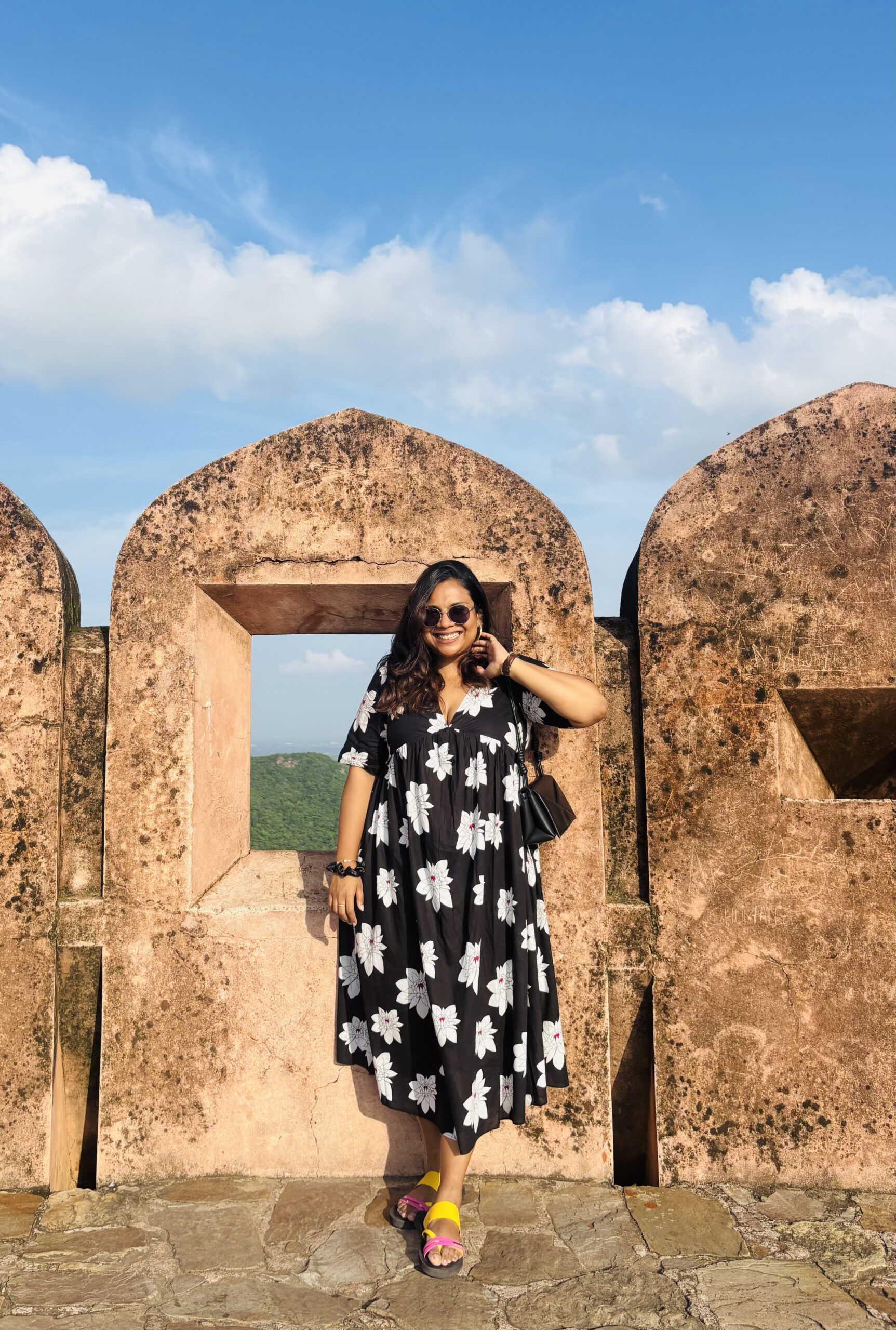
About Me
I travel to collect stories, slowly and meaningfully, with an open heart. I wander a little farther for good food, linger longer to understand a place, and write so I can call it “work.” A slow traveller at heart, I believe in experiences over checklists, in moments that unfold at their own pace, and in connections that stay long after the journey ends.
An absolute foodie and die-hard mountain lover, I find my happiest moments in quiet Himalayan towns with a cup of lemon-honey-ginger tea in hand. Over the years, I’ve had the joy of exploring places across India and beyond, each trip teaching me something new about people, cultures, and myself. When I’m not lost in thought or coffee, you’ll find me exploring the world one destination at a time, always looking for places that make me feel something. I love to read and write (give me a book and I’ll love you all the more) and share honest insights, real photos, and thoughtful recommendations from my own travels, so you can experience every place a little deeper, a little slower, and with just the right touch of comfort.
Subscribe To My Newsletter


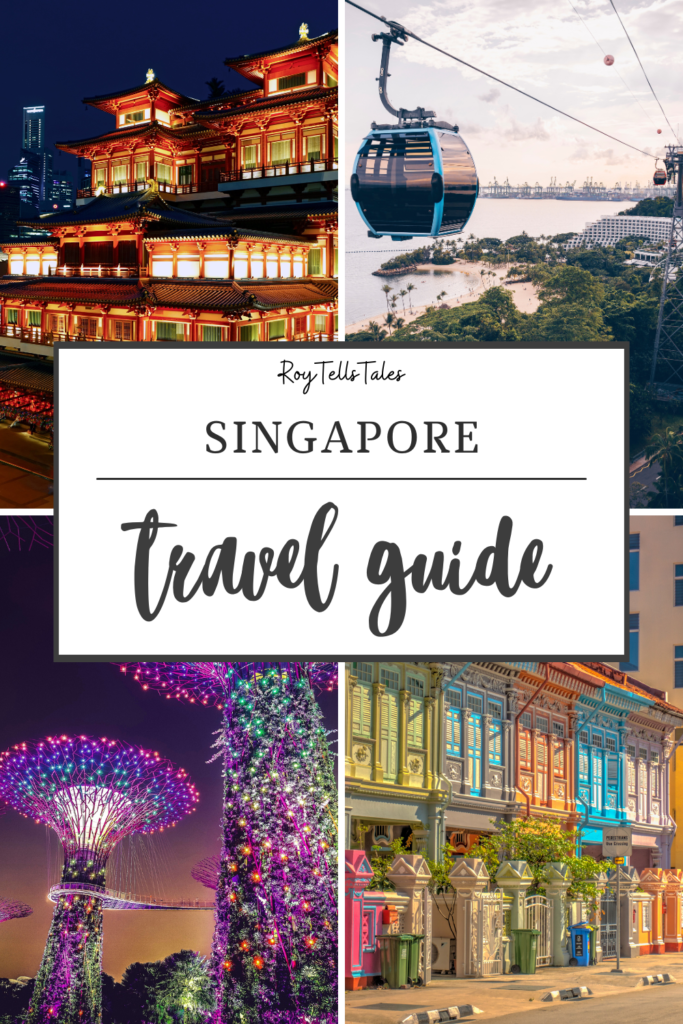
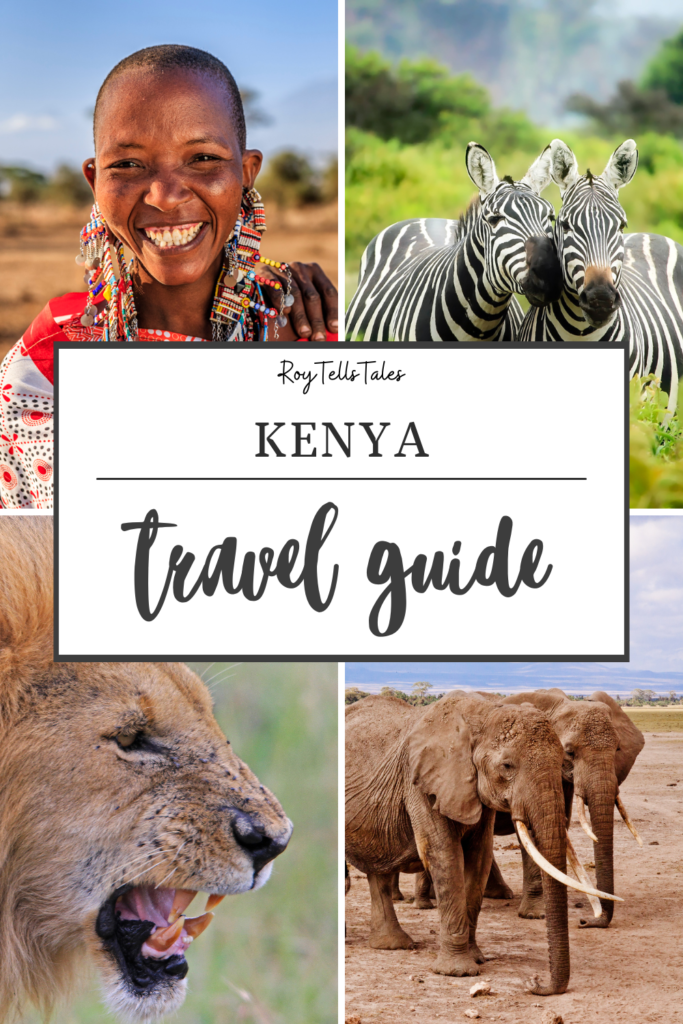
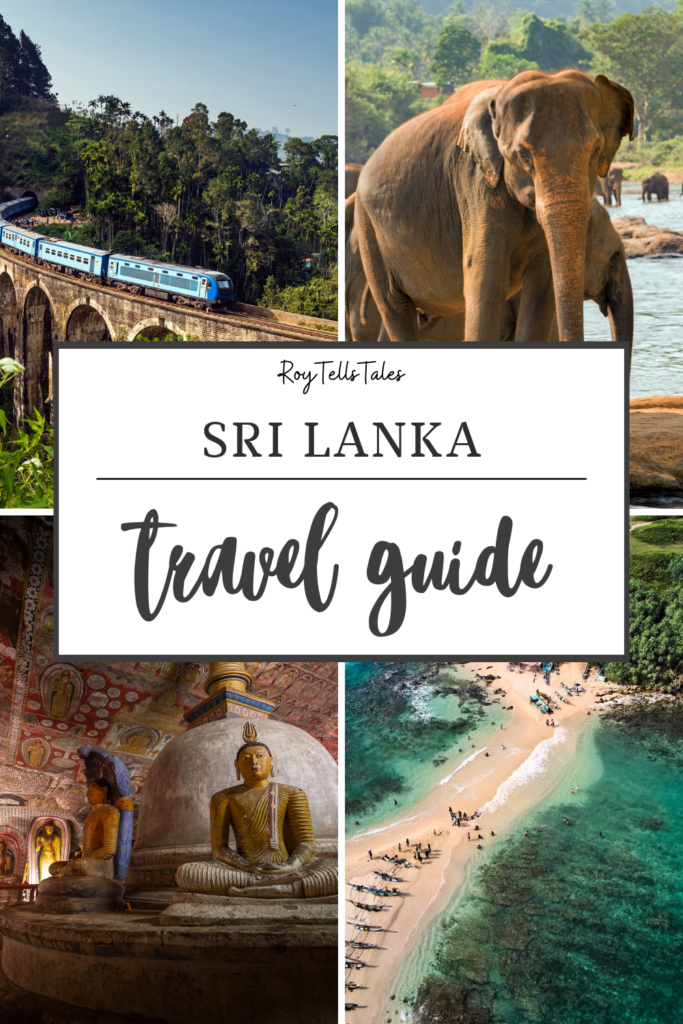

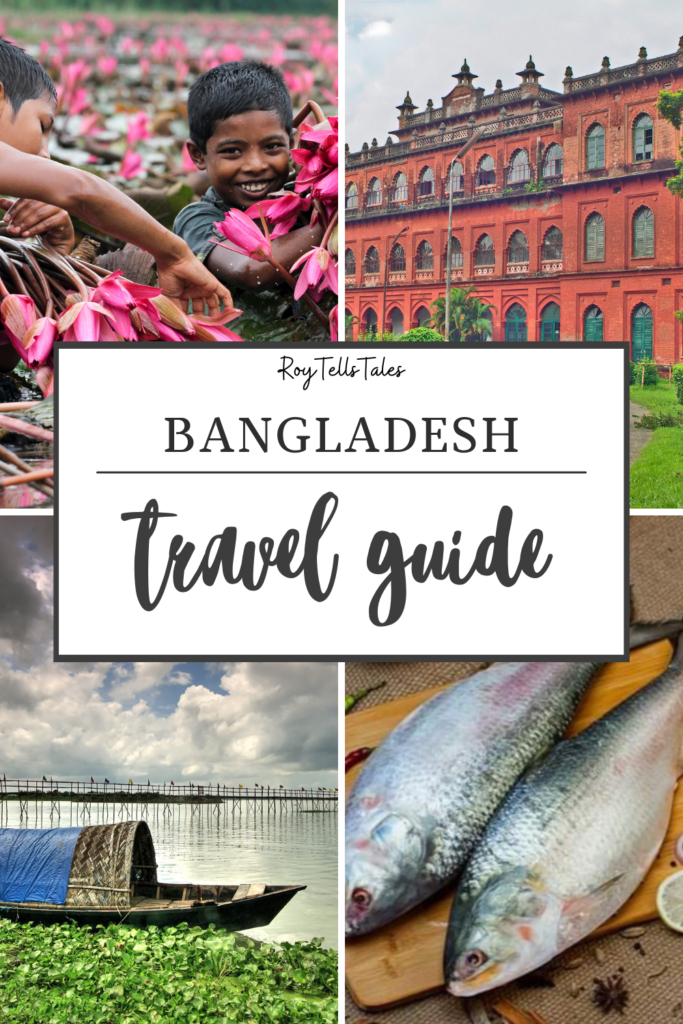
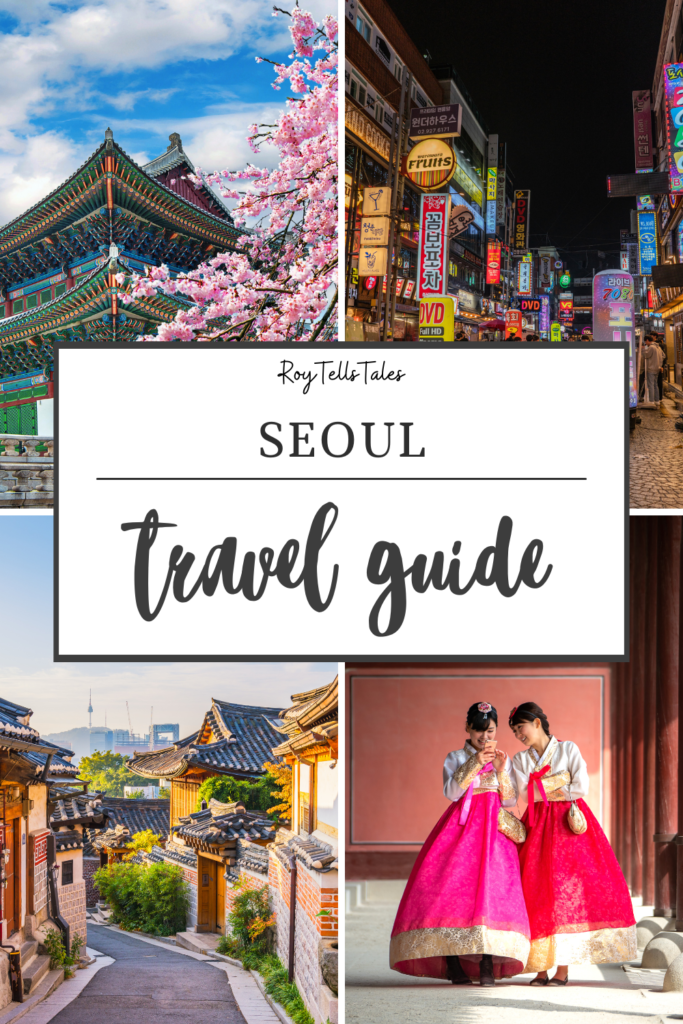








Wonderful post but I was wanting to know if you could write a litte more on this subject, thanks!